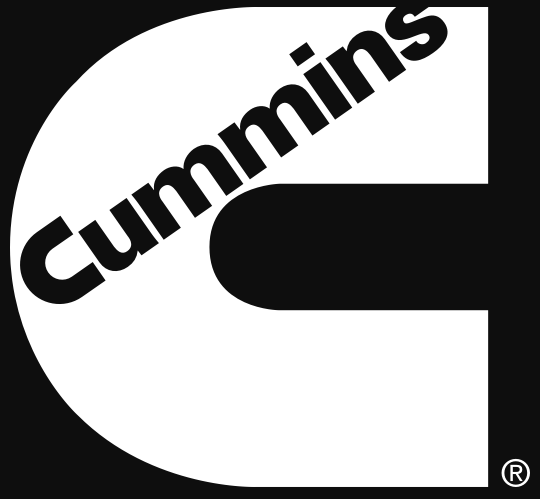2020 is Banner Year for Low-carbon Technology at Cummins

Despite a year dominated by the COVID-19 pandemic, Cummins expanded its low carbon alternative power portfolio and the prospects for a more sustainable tomorrow.
In 2020, the global power leader produced nearly 1,000 battery modules and more than 200 electrified powertrains. Cummins ended the year with more than 300 electrified Blue Bird school buses sold and many GILLIG battery electric buses hitting streets across the United States.
Cummins also made significant progress in its work with hydrogen fuel cells, producing more than 2,000 fuel cell installations across a variety of on- and off-highway applications, including fuel cell-powered trains, refuse trucks, as well as delivery and heavy-duty trucks. The company’s New Power business segment also made more than 600 electrolyzer installations, increasing the supply of renewable hydrogen.
Increasing the supply of the promising low-carbon fuel source is a key challenge facing widespread adoption of renewable hydrogen.
Cummins didn’t go it alone. It partnered with numerous others to advance low-carbon technology in 2020, ranging from Norway’s largest grocery wholesaler to the largest supplier of transit buses in Australia and one of Europe’s most advanced hydrogen production facilities. The company was also part of several record-setting initiatives including the world’s largest PEM electrolysis plant in Canada , the world’s first hydrogen fuel cell passenger trains in Europe, and North America’s first fuel cell commercial ferry in San Francisco, California (U.S.).

